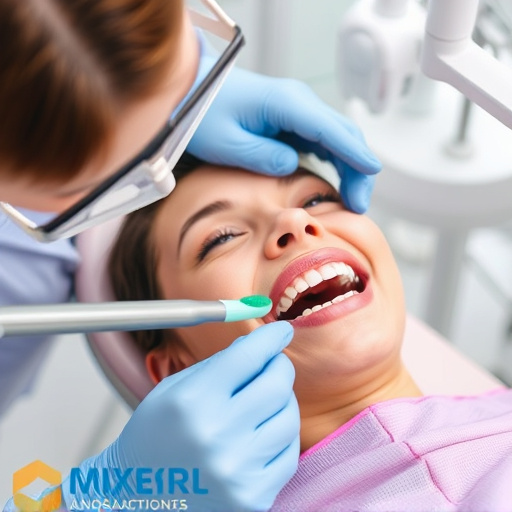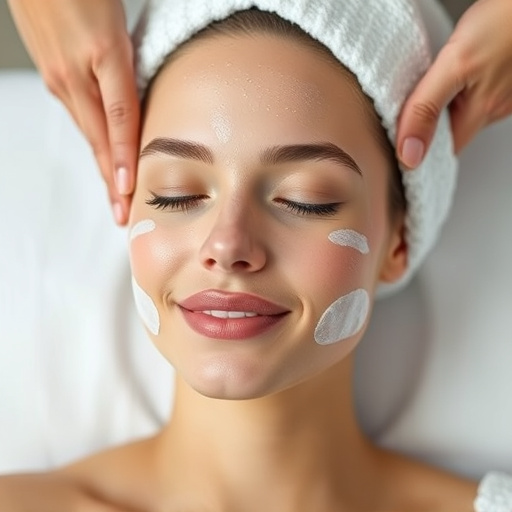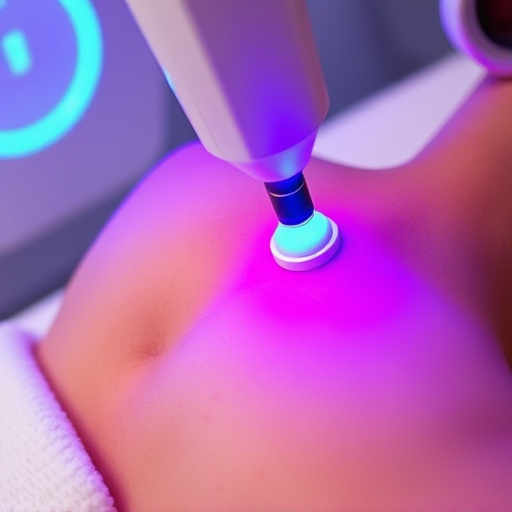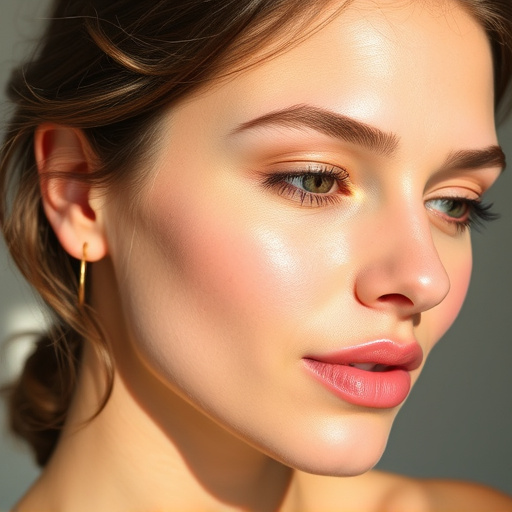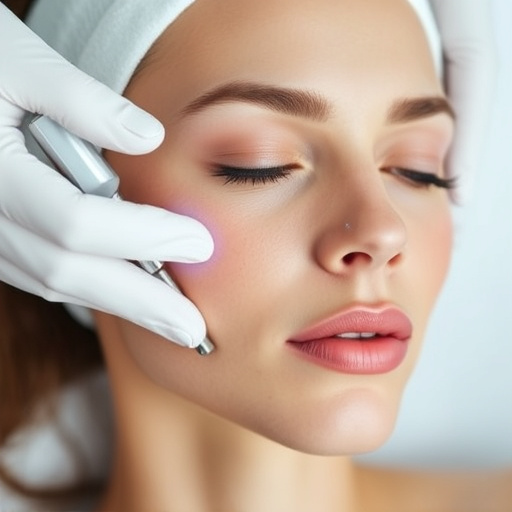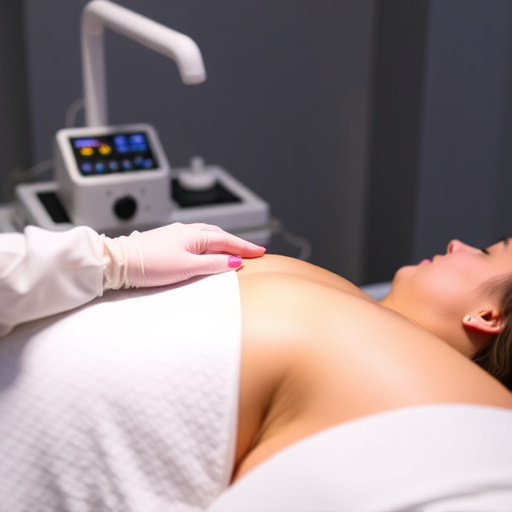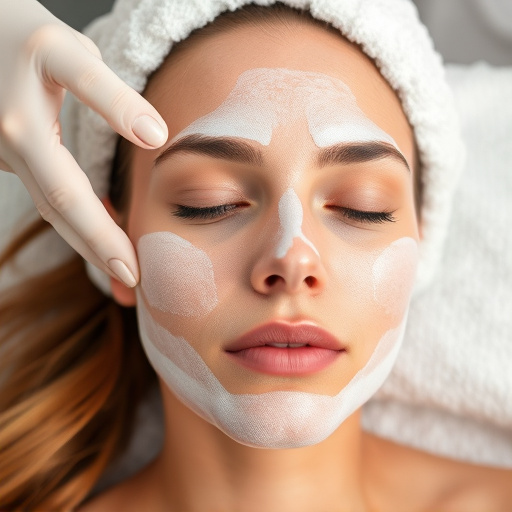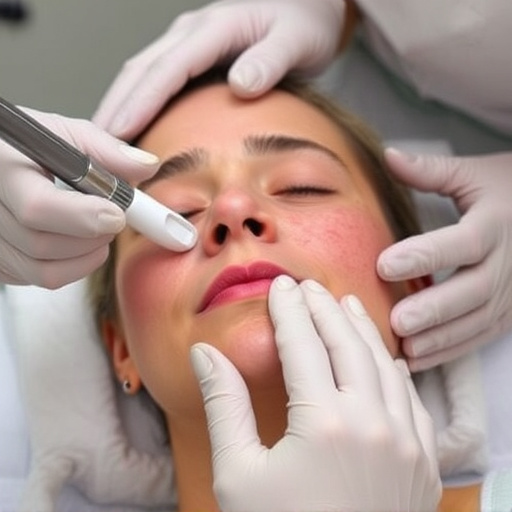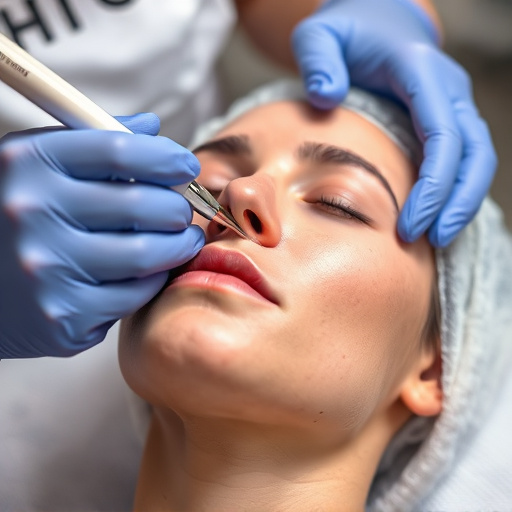Understanding various chin hair removal methods (waxing, shaving, threading, laser, microneedling, facials) and their unique pros/cons is vital. Skin sensitivity plays a key role in potential redness or irritation. Professional estheticians offer personalized treatments using advanced techniques and products to minimize discomfort. After chin hair removal, apply cold compresses, use gentle skincare, and consult licensed professionals for persistent reactions.
Are you considering chin hair removal but worried about potential skin reactions? This comprehensive guide explores whether the process can lead to redness or irritation, delving into the science behind it. We break down the various methods used in chin hair removal and analyze how they might impact your skin’s sensitivity. Additionally, we offer practical tips for mitigating and managing any adverse reactions, ensuring a smoother experience.
- Understanding Chin Hair Removal Processes and Potential Side Effects
- The Role of Skin Sensitivity in Redness and Irritation
- Mitigating and Managing Skin Reactions Post-Chin Hair Removal
Understanding Chin Hair Removal Processes and Potential Side Effects
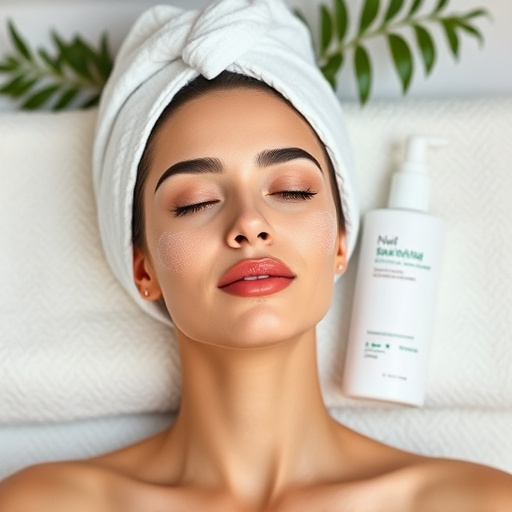
Understanding the processes behind chin hair removal is key to understanding potential side effects. There are several methods employed for this purpose, each with its own unique approach. Some common techniques include waxing, shaving, threading, and laser treatments. Each method uses different mechanisms to target and remove unwanted chin hairs. For example, waxing involves applying warm wax to the skin which adheres to the hair, while shaving simply cuts the hairs at the surface level.
While these methods are generally safe when performed correctly, they can cause side effects like redness and irritation, especially for those with sensitive skin. Microneedling therapy and customized facials, as alternative facial treatments, offer more targeted approaches that can minimize such reactions by stimulating collagen production and gently exfoliating the skin. However, it’s crucial to consult a professional esthetician or dermatologist to discuss the best option for your specific needs and to understand any potential risks or aftercare requirements.
The Role of Skin Sensitivity in Redness and Irritation
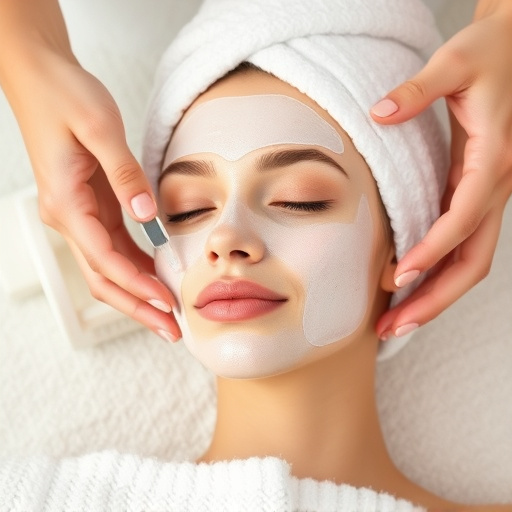
Skin sensitivity plays a significant role when considering if chin hair removal can lead to redness or irritation. The skin on the face is particularly delicate and often more sensitive than other areas of the body, making it more susceptible to reactions during hair removal processes. Individuals with inherently sensitive skin may experience heightened irritation, even with the gentlest techniques.
Chin hair removal, a common aesthetic treatment, can trigger redness and irritation in some individuals due to the sensitivity of the skin. Medical spa services offering personalized skincare treatments understand this variable and tailor their approaches accordingly. They employ advanced techniques and products designed to minimize discomfort and potential side effects, ensuring a smoother experience for clients with sensitive skin.
Mitigating and Managing Skin Reactions Post-Chin Hair Removal
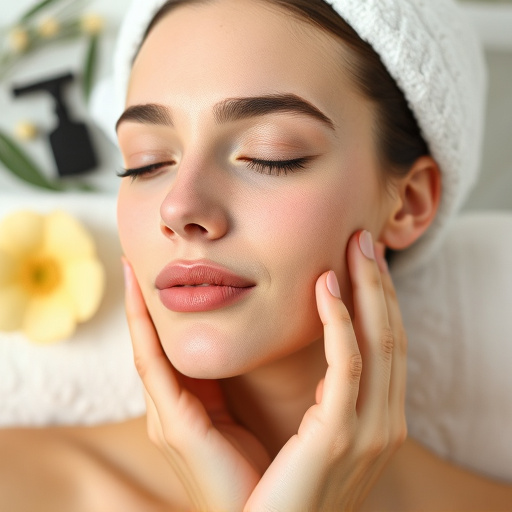
After chin hair removal, it’s common for individuals to experience some degree of skin redness or irritation. This is a natural reaction and usually subsides within a few hours to a couple of days. However, if the reactions persist or intensify, it’s crucial to take immediate action to mitigate and manage the situation.
One effective approach to calming irritated skin is to apply a cold compress for 10-15 minutes several times a day. This helps constrict blood vessels, reducing both redness and swelling. Additionally, using gentle, hypoallergenic skincare products and avoiding harsh cleansers or exfoliants can aid in maintaining optimal skin health. Consulting with a licensed esthetician or dermatologist at a reputable medical spa service is also advisable for personalized advice and potential treatments to soothe post-chin hair removal reactions.
Chin hair removal, like any procedure, carries potential side effects. Understanding the processes involved and recognizing your skin’s sensitivity is key to managing redness and irritation. By taking proactive steps post-treatment, you can mitigate these reactions and enjoy smoother, hair-free results. Remember, seeking advice from a professional esthetician can further ensure a safe and effective chin hair removal experience.
